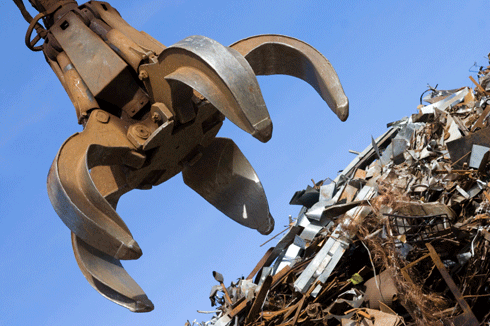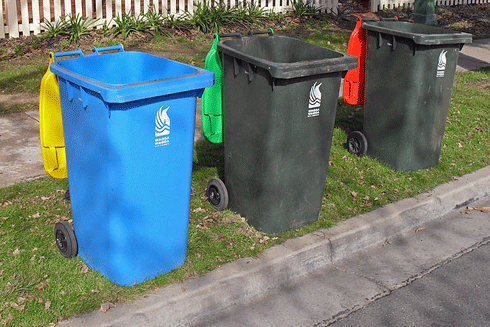
|
Published: 21 January 2013
Model may help farmers better deal with seasonal variability
A predictive model developed by the Bureau of Meteorology and the CSIRO may help farmers to make more skilful farm-based decisions in the face of increasing seasonal variability.

|
|
The research was focused on mixed wheat-sheep farms in dryland areas, where rainfall is the most significant factor in seasonal variability. Credit:
CSIRO
|
While scientists admit the model – Predictive Ocean Atmosphere Model for Australia (POAMA) – is far from perfect, they say the projected decline of rainfall in Australian and other rain-fed crop-livestock regions of the world will make skilful seasonal forecasting systems increasingly valuable.
The research paper ‘Managing mixed wheat–sheep farms with a seasonal forecast’ has explored this method by using crop and pasture modelling to help with year-to-year land allocation decisions.
Senior research scientist Dr Dean Thomas, from the CSIRO Sustainable Agriculture National Research Flagship, one of the paper’s authors, says season variability in rainfall is probably the single factor that adds the most complexity to dry-land farming systems in southern Australia.
‘The wheat-sheep system was chosen because it was the most common mixed farm enterprise around the region where the study was conducted,’ he says.
‘The APSIM (Agricultural Production Systems sIMulator) biophysical model used is a daily time-step simulation model that computes interactions between biophysical components within cropping systems such as rainfall, soil and plants.
‘The model responds to various management inputs including sowing dates, seeding rate and fertiliser application.’
In predicted wet seasons, the area of cropping was increased and intensified in the wheat-sheep system while pasture area was reduced and stocking rates were increased.
The research found the rainfall forecasting substantially improved productivity for the dry-land system.
Dr Thomas says a decision support tool might be required for using the model on a farm.
‘Farmers would need to be able to accept that while POAMA can improve prediction of seasonal outcomes, it would still predict incorrectly on a reasonably frequent basis so it could be used as a guide only,’ he says.
The method could be applied to other systems, and Dr Thomas says it would also be possible to integrate a biophysical livestock model (such as the CSIRO’s GrazPlan) for a more sophisticated systems analysis.
The GrazPlan project has developed a series of computer models that are the basis of three commercially available decision support tools, designed to help farmers make choices about their farm management based on findings from scientific research.
The wheat-sheep system research is a collaboration between the University of Florida’s Department of Agricultural and Biological Engineering, CSIRO’s Climate Adaptation and Sustainable Agriculture National Research Flagships, and The Centre for Australian Weather and Climate Research at Melbourne’s Bureau of Meteorology.
Source: Science Network WA





